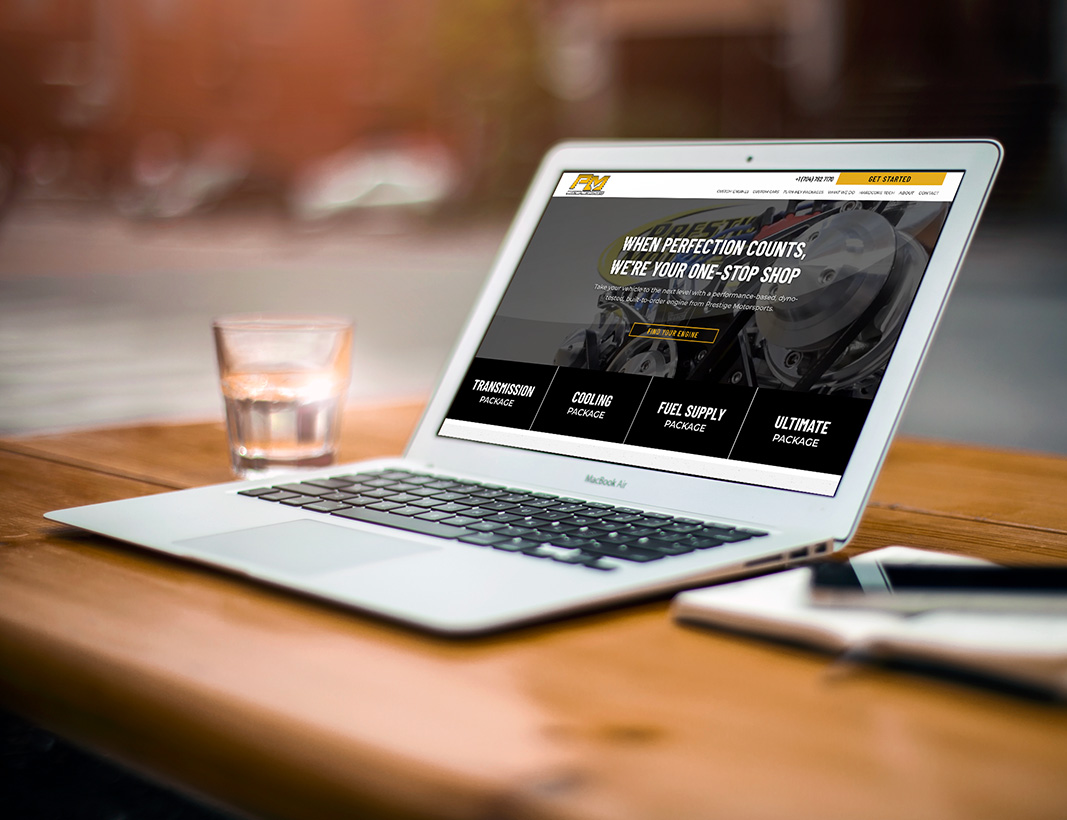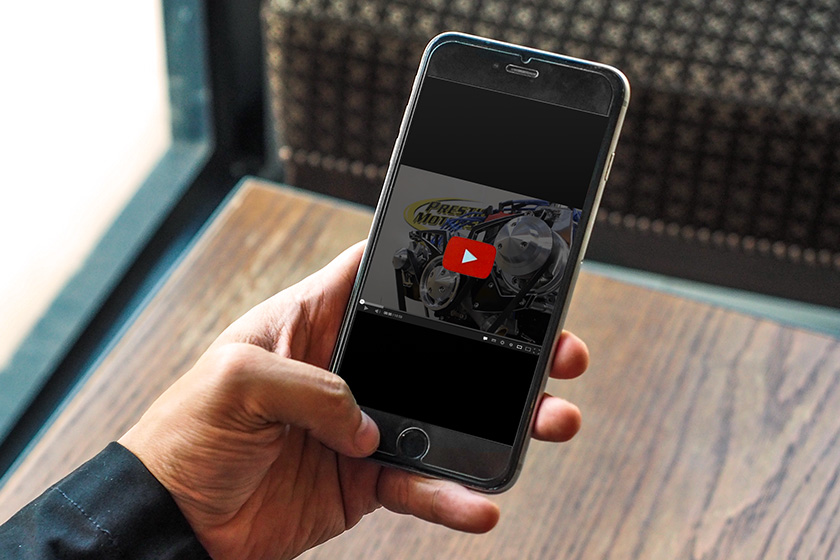It takes some time to develop a comprehensive programmatic ad campaign… but ultimately, that time can prove very well-spent. Not only does proper planning help improve your results, but it can also make it much easier for you to pivot and adapt as necessary.
So what does planning the perfect programmatic campaign entail? First of all, it means setting your key performance indicators, or KPIs. It also means determining the right budget and tapping into buyer persona or customer profiles, ensuring your campaign is laser targeted.
Once you have these basic details ready, you can start the planning process in earnest. Here’s our breakdown of the process.
Use Forecasting Tools
For programmatic ad campaigns, you’ll need to have a good demand-side platform, or DSP. Look for a DSP that includes campaign forecasting, which will give you a sense of how well your campaign can scale, before you launch it.
Basically, the forecasting tools offered by your DSP should help you to answer two of the most essential pre-campaign questions. These questions include:
- What are the highest-value audiences within your target demographic?
- Can you spend your budget in full while scaling the campaign successfully?
Keep in mind that the whole point of these forecasting tools is to help you get a sense of how well your campaign will perform before it’s actually launched. As such, you’ll generally want to start using the forecasting features as early in the process as you can. As soon as you know your budget and the audience you want to reach, you should be ready to start forecasting.
Predicting your campaign results ahead of time will empower you to select the parameters you need for reaching the right audience. Additionally, forecasting will equip you to make the biggest impact with your ad budget.
Choose Channels and Tactics
One of the most consequential parts of the planning process is choosing the channels and tactics you will use in your campaign. This step is all the more important when you are working within strict budget parameters, as you will need to assess the channels that will help amplify your budget. If your budget gives you a bit more wiggle-room, you may wish to spend some time experimenting with different channels, looking for creative combinations that help you connect with your target audience.
Naturally, you’ll want to ensure that your DSP offers you the channels that are best aligned with your audience and your campaign goals. Often, the best strategy will involve a combination of the following channels, designed to reach customers at different stages of the sales funnel:
- Connected TV and online video, which are great for branded storytelling and for providing mass updates about promos, events, new products, etc.
- Native ads, which are well-suited for education, engagement, and sharing information.
- Display ads, which offer both performance and scalability, and can actually amplify the effects of your other channels.
- Audio, which can be a great way to raise awareness about your brand.
Note that the best campaigns are those that leverage multiple channels while telling a compelling, cohesive story that reaches customers throughout the funnel.
Get the Messaging Right
Finally, planning an effective programmatic campaign requires you to get your creative assets and messaging in alignment. Both should connect with your target audience, resonating in a way that makes users more likely to engage with your campaign. The creative and messaging you use on your landing pages should also be aligned with the rest of the campaign.
What does effective alignment of messaging and creative look like in actual practice? For one thing, ads need to be engaging from the start. If you’re unable to capture your audience’s attention from the get-go, you run the risk of them simply moving on to something else. As such, your ads should be designed to hook your target consumers, using verbiage and/or imagery that spurs some level of emotional reaction.
There are also creative features, including dynamic geo, that can further personalize your ads based on the location of your users. We would also recommend that you always include the logo of your brand, plus a strong call to action (CTA), from the onset of each video or HTML5 ad. Doing so helps make your brand more memorable.
Take the Next Steps with Programmatic Campaigning
Ultimately, you can set yourself up for programmatic success by taking the time for proper planning. This should include forecasting, choosing the right channels and tactics, and aligning your creative and messaging. And of course, once the campaign is live is when optimization and campaign management are crucial for maximum success.
Questions about how to plan or execute a good programmatic campaign, or even how to pick the right DSP? We’d love to talk with you about any of these subjects. To start the conversation about effective programmatic, reach out to the team at enCOMPASS at your next available opportunity.
SHARE THIS ARTICLE:



